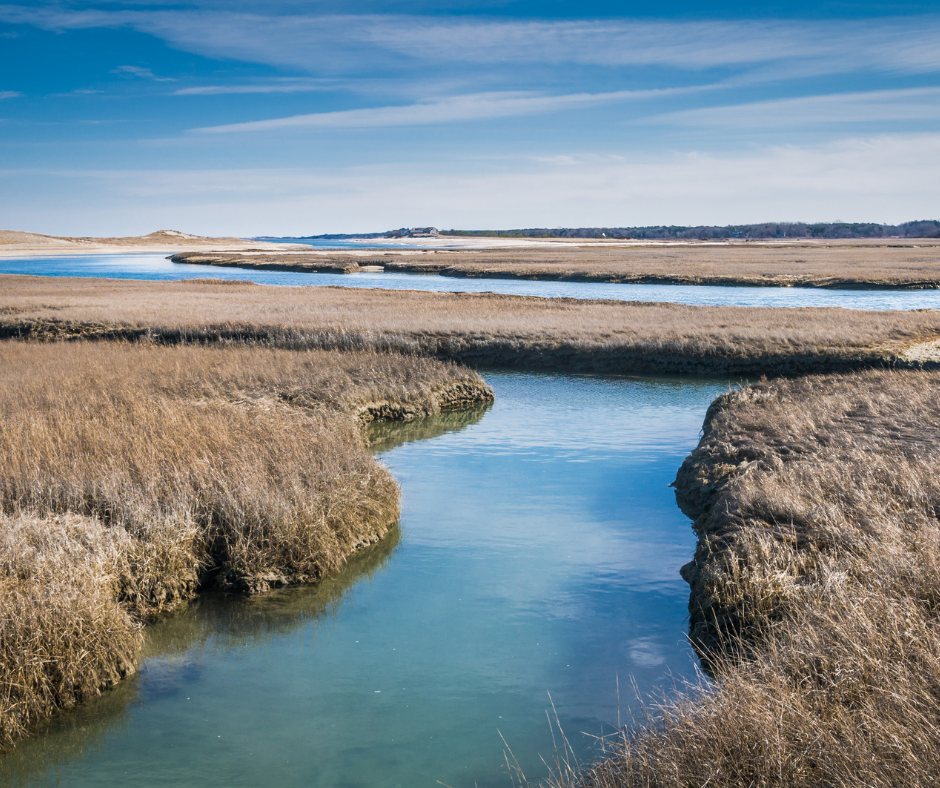Uncertainties in the Blue Carbon Space: A Conversation with Antonio Rodriguez
May 10, 2023
As blue carbon and other nature-based solutions become more and more prevalent in sustainability conversations, many are raising questions about the efficacy and value of these carbon offsetting projects. After attending invigorating panels on established and nascent blue carbon solutions at the 2023 Cleantech Summit, I had the privilege to speak with Dr. Antonio Rodriguez, a geologist focused on coastal sedimentation and salt marshes who heads UNC’s Morehead City Field Site, about these uncertainties.
One of the first concerns that Rodriguez expressed was a worry that monetizing precious ecosystems like wetlands and marshes as a tool to offset emissions may inadvertently cloud their true value. He assessed that focusing on emissions removal through nature-based solutions may remove focus from reducing emissions on the whole and distract from the carbon already stored in these ecosystems that is being threatened by development. However, he was quick to agree that, “if ‘blue carbon’ is what we need to call these ecosystems to get them protected, so be it.” While the current scientific link between blue carbon ecosystems and active CO2 removal may be tenuous, their protection needs to take priority, whatever form that be.
Rodriguez also discussed some of his recent academic findings that complicate how we understand the growth and change of these ecosystems. Following recent field work, he and other scholars discovered that the boundaries of salt marshes, namely the expanding upland boundaries and the edges of marshes near estuaries, are where carbon is being sequestered the fastest. However, these are also the areas of the ecosystem most threatened by human impact: coastal development and construction is draining upland marshes and sending scores of sediment into waterways, clogging boundaries near estuaries. Both of these impacts prevent further carbon sequestration, and, in some cases, lead to carbon emission from degraded ecosystems.
Because of these research findings, Rodriguez posits that, in order to increase the accuracy of carbon crediting, carbon sequestration totals need to be analyzed in various locations within an ecosystem year over year. This way, carbon credit pricing can be adjusted to accurately reflect the carbon stored. In a similar vein, he also argues that “not all carbon credits should be taken equal” and that they must account for how long the carbon has been and will be sequestered. Carbon that is newly sequestered in areas specifically threatened by development may not be worth as much as carbon that has been stored in wetlands that are on track to survive for thousands of years.
Transitioning from science to policy approaches to blue carbon projects, Rodriguez expressed worries about the speed with which states creating Greenhouse Gas Inventories are demanding numeric values for carbon sequestration in ecosystems. This research takes enormous amounts of labor and time, and he cautions that rushing this process could lead to incorrect extrapolations. Overall, he argues that focusing on speeding up the science has, in some cases, become a distraction from the main sustainability need: weaning our society off of fossil fuels.
On the whole, Rodriguez argues that blue carbon solutions are an opportunity yet to be fully understood. While they may have enormous benefits in terms of protecting beautiful ecosystems and improving livelihoods worldwide, to many, their link to CO2 removal is still tenuous. However, these ecosystems need to be protected for their enormous resiliency and biodiversity benefits, irrespective of emissions; if carbon crediting is the only method for preservation, then it must be done.
About the Author
This article was written by Colin O’Hagerty, a first-year at UNC-Chapel Hill majoring in Environmental Science. He is currently an IE Cleantech Corner Initiative intern involved with the 2023 Cleantech Summit. Connect with him on LinkedIn.
